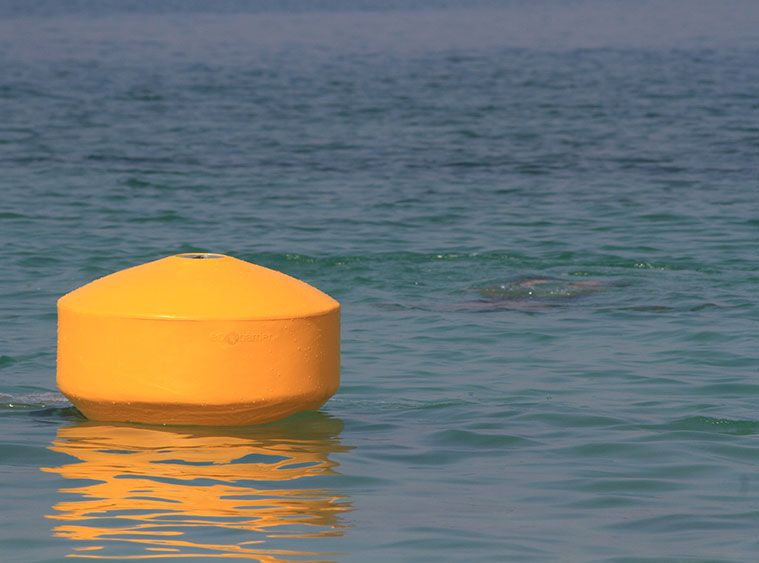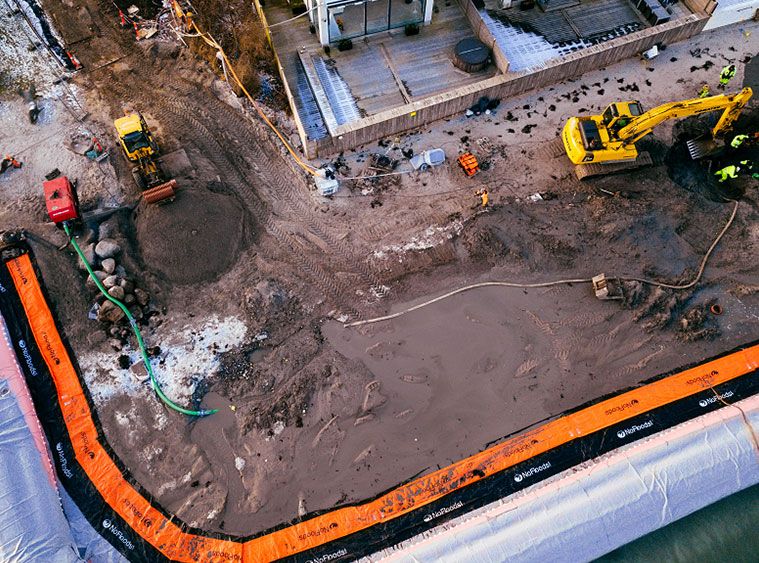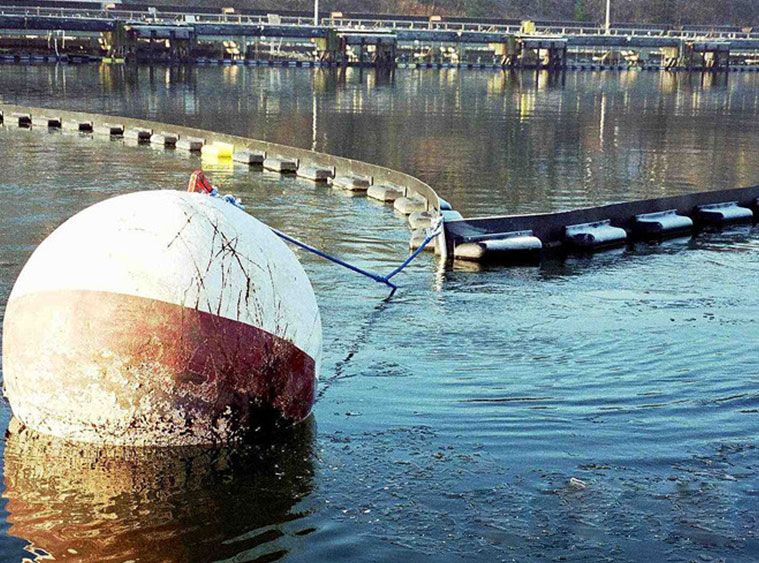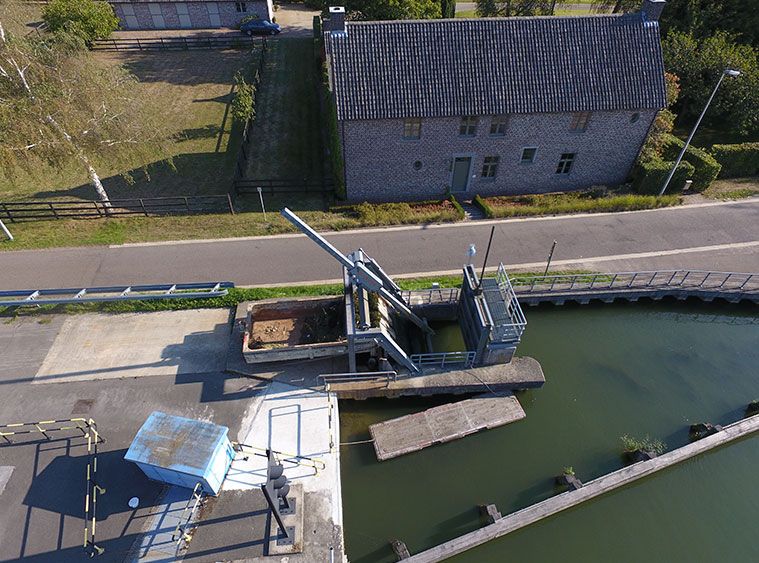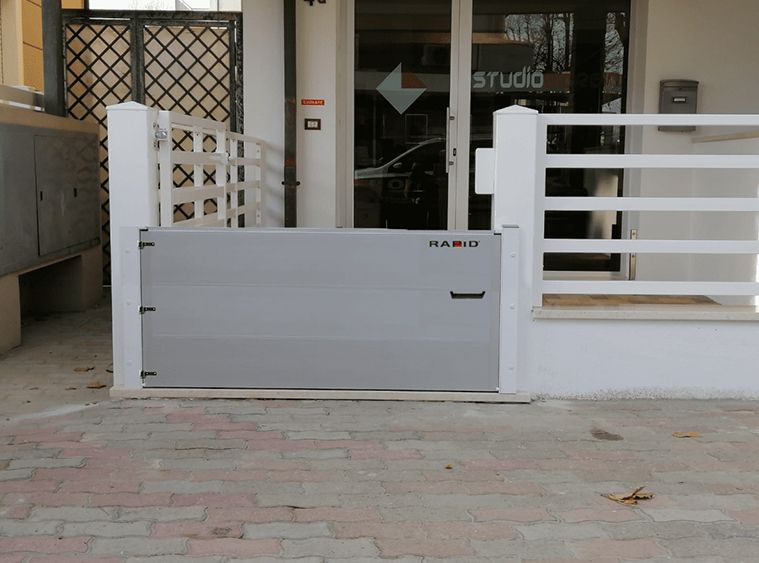As one of the oldest energy applications, hydro power has moved on from a strictly mechanical form of energy to become a way of generating fully hydroelectric power. Old water mills (used as pumping / lifting stations) still extract water from the land in the time-honoured way, but modern-day hydroelectric power plants have since become efficient power plants that operate entirely autonomously. From the design stage, all enabling conditions and the maximum energy yield at a minimal construction cost requirement are factored in, whilst consistently also considering the environmental aspects. The fish-friendliness of hydroelectric power plants is very much a preponderant consideration in this, especially on natural waterways.
Modern Zuppinger or Poncelet water wheels or Archimedes screws do not cause any kind of fish mortality and in the case of more traditional Kaplan, Turgo, cross-flow or Francis turbines fish are prevented from swimming into the turbine room thanks to a fine-meshed grille at the power station’s water intake point.
Starting with the engineering study across the design all the way up to and including the construction, AQWatt weighs in with the relevant know-how to turn your project into a successful and sustainable hydroelectric power plant.
Starting with the engineering study across the design all the way up to and including the construction, AQWatt weighs in with the relevant know-how to turn your project into a successful and sustainable hydroelectric power plant.
Electricity can be generated by way of hydro power at locations that have a sufficiently continuous flow rate and a sufficient height of fall. Flowing water in a brook or a river for instance are insufficient to generate power. It takes a waterfall to garner a sufficient flow rate and difference in height to enable power to be generated.
AQWatt converts your old private water mill to enable it to generate electrical power, whilst preserving the charm and historical prestige of your mill. In doing so, you get to run your own micro-hydroelectric power plant that will ample cater for your own energy requirements. Especially for waterside taverns, inns and restaurants, having your own power generation installation adds to the visual appeal whilst serving as a sustainable added value.
Full new-build projects tend to have lead times ranging from 3 to 5 years, starting out with a feasibility study. The project engineering study requires a due focus of attention to go out to and alignment with authorities such as water management boards, town and country planning, not to mention environmental organisations. The design takes due account of these enabling conditions whereby we work up a total concept that is geared to your specific situation and needs as the project owner, whilst working in joint consultation with contractors and turbine or water wheel suppliers.
AQWatt is not tied to contractors or suppliers of turbines or water wheels. At all times, we go for the most cost-efficient solution by combining in-house efforts, local collaborations and international know-how.
AQWatt converts your old private water mill to enable it to generate electrical power, whilst preserving the charm and historical prestige of your mill. In doing so, you get to run your own micro-hydroelectric power plant that will ample cater for your own energy requirements. Especially for waterside taverns, inns and restaurants, having your own power generation installation adds to the visual appeal whilst serving as a sustainable added value.
Full new-build projects tend to have lead times ranging from 3 to 5 years, starting out with a feasibility study. The project engineering study requires a due focus of attention to go out to and alignment with authorities such as water management boards, town and country planning, not to mention environmental organisations. The design takes due account of these enabling conditions whereby we work up a total concept that is geared to your specific situation and needs as the project owner, whilst working in joint consultation with contractors and turbine or water wheel suppliers.
AQWatt is not tied to contractors or suppliers of turbines or water wheels. At all times, we go for the most cost-efficient solution by combining in-house efforts, local collaborations and international know-how.
Our solutions
Interested?
Like to work together? Contact Aqwatt today to find out your suitable ecological solution.


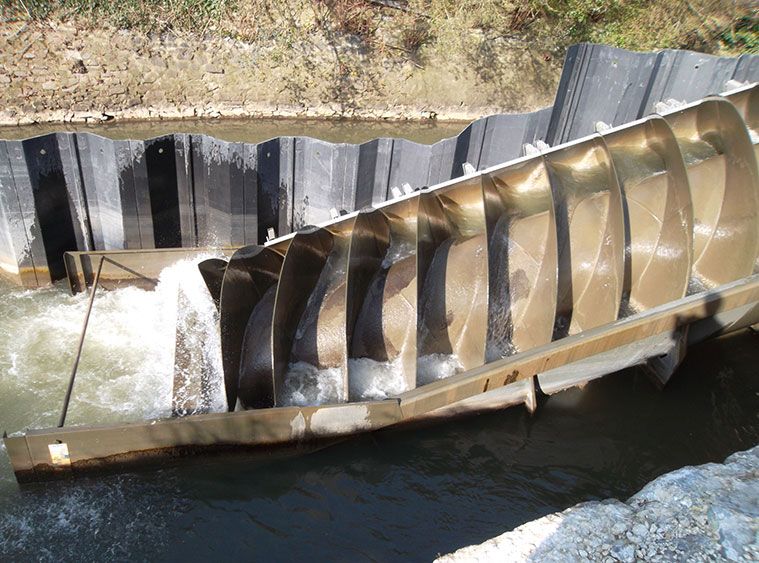
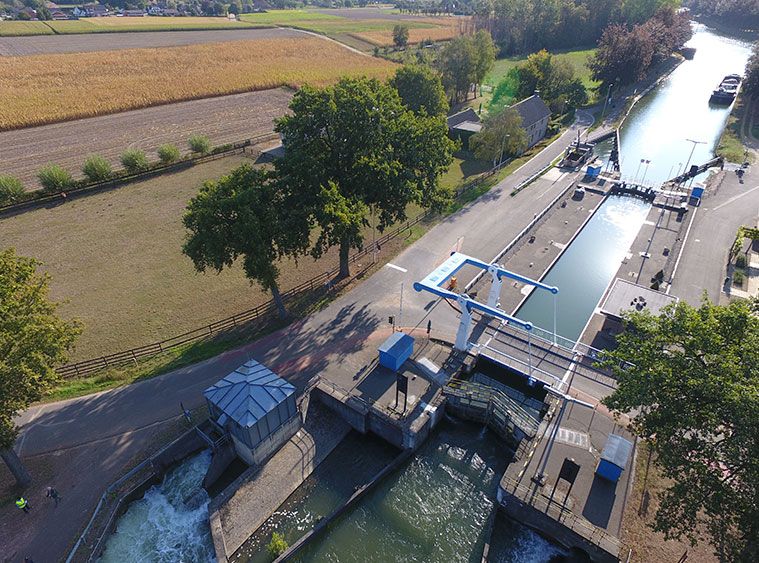

-bedd2dc6.jpeg)
-77aab3ee.jpeg)
-f298a11a.jpeg)
-f7384541.jpeg)
-464b28cf.jpeg)
